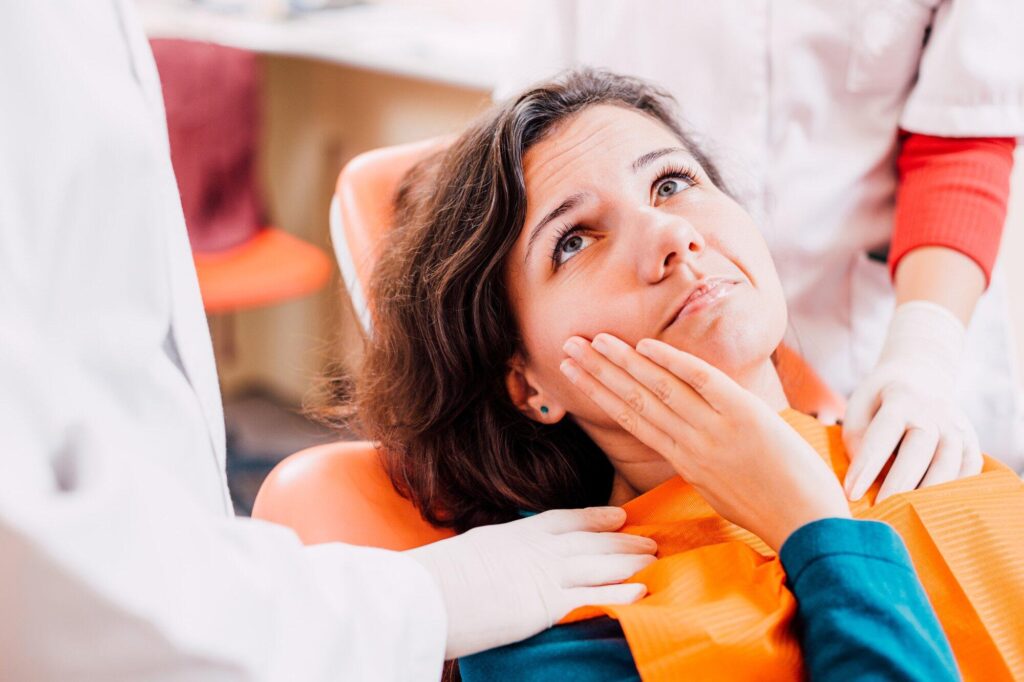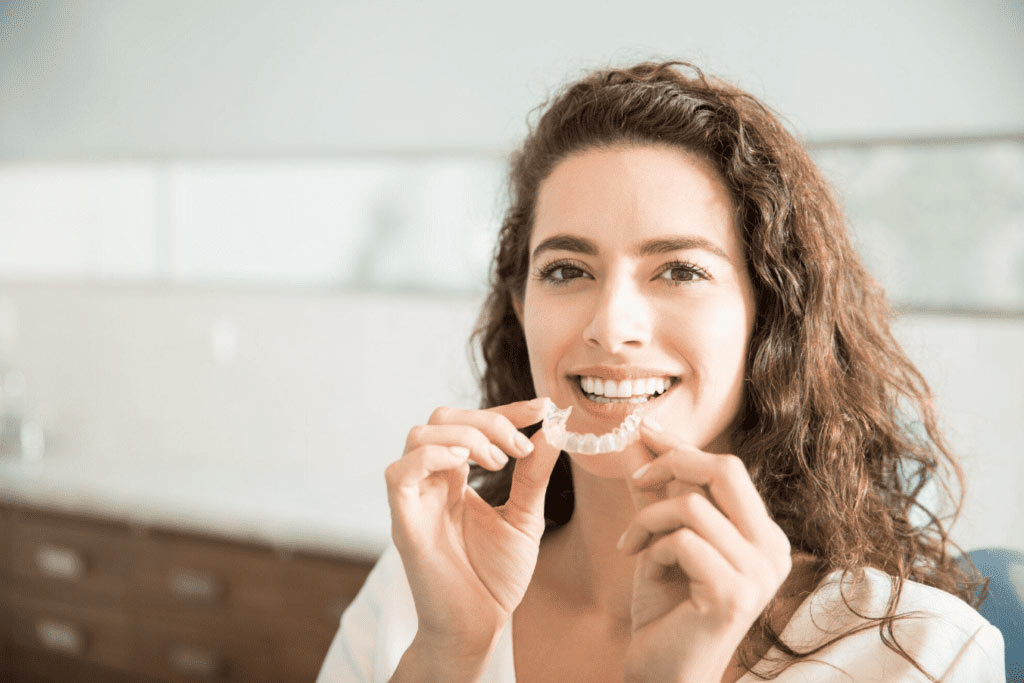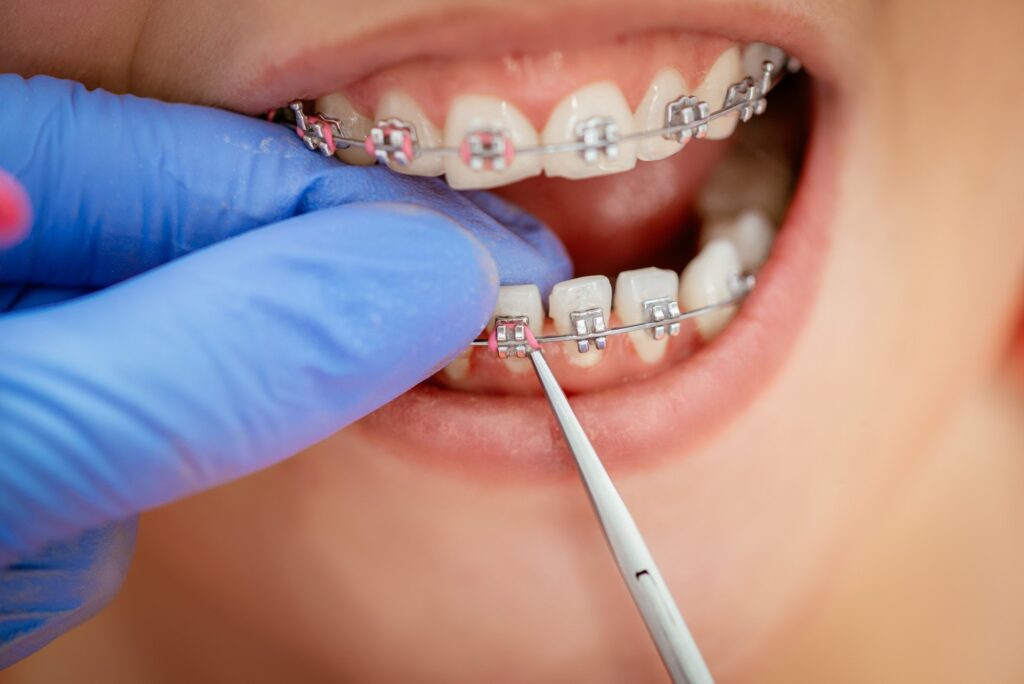March 21, 2024
Have you recently started orthodontic treatment? As many as 25% of people who see an orthodontist are adults. As a result, there’s been a steady rise in the number of adults with braces.
Unfortunately, orthodontic emergencies can affect your treatment plan and oral health. What is considered an orthodontic emergency, exactly?
Read on to discover five common orthodontic problems you could face. If these situations sound familiar, you’ll know it’s time to visit our offices at SouthShore Orthodontics right away!
What Is Considered an Orthodontic Emergency?
On average, patients wear braces for one to three years. During this time, you could encounter issues with your orthodontic treatment. However, not all orthodontic problems are considered emergencies.
When you begin receiving orthodontic care, some soreness and discomfort are normal. Your teeth may ache as they begin moving into the desired position. While some pain is normal, a true orthodontic emergency can occur when there’s:
- Trauma or injury to the face, mouth, or teeth
- An infection
- Swelling of the gums, mouth, or face
- Bleeding gums
- Severe pain or discomfort
If these symptoms sound familiar, visit SouthShore Orthodontics for assessment. Our team will determine if you’re facing an orthodontic or dental emergency. It’s important to seek orthodontic care right away.
After attending to the emergency, we can adjust your orthodontic treatment plan as needed.
Thankfully, many orthodontic problems can be resolved at home. Try to treat the root cause of your discomfort first. You may temporarily alleviate some or all the pain if you have broken braces or a loose wire. Delaying fixing a broken braces wire could lead to mouth sores from braces or other issues.
If at-home orthodontic pain relief techniques don’t provide any relief, don’t wait to seek help.
Types of Orthodontic Emergencies
If you’re unsure whether your orthodontic problems are an emergency, reach out with your questions. Our team can help you determine the best next steps to ensure your health and safety. Here are a few orthodontic emergencies that indicate you need to visit right away.
-
Broken Braces Wire
Misusing your orthodontic appliance can cause pain and damage. For example, perhaps you eat ill-advised foods. These can include:
- Hard candy
- Nuts
- Potato chips
- Popcorn
- Gum (sugar-free gum is permitted)
- Hard rolls or bagels
- Pizza crust
- Ice
- Crunchy fruit
- Pretzels
- Taco shells
- Hard crackers
- Crunchy vegetables
- Corn on the cob
Consuming these foods can break your brackets, wires, or bands. A broken braces wire could start poking the inside of your mouth, leading to irritation or an oral injury.
If you have broken braces, cover the bracket with orthodontic wax to protect yourself from potential abrasions.
-
Severe Tooth Pain
It may feel like your teeth are loosening up while you receive orthodontic care. Usually, this is a normal part of the treatment process. Your teeth are likely moving into their new, correct positions.
As your teeth shift, you may experience some pain and discomfort. Use pain relievers and anti-inflammatory medication to ease your pain. You can also apply a cold compress against your cheek for 15 minutes at a time.
Another at-home remedy includes mixing eight ounces of warm water with a teaspoon of salt. Rinse your mouth out a few times a day to relieve the pain.
However, it’s important to recognize when your tooth pain is beyond the normal scope. Impact against your teeth (from a sports or motor vehicle accident) could cause pain and loosening.
If you suspect a tooth is abnormally loose, bring it to your orthodontist’s attention. It’s essential that you receive emergency dental care before the problem progresses.
-
Broken Retainers
Your retainer is an essential part of your post-care routine. It ensures you maintain the integrity of your treatment’s results.
Unfortunately, retainers are fragile and can break. Schedule an appointment for a new retainer if your retainer bends or breaks. If it shifts against your teeth, it’s likely that it doesn’t fit properly and needs replacing.
You may swallow a tiny piece of your broken retainer if you’re sleeping or not paying attention. Don’t panic. The piece will likely pass through your digestive system without causing any bodily harm. If you’re choking on a retainer piece or have difficulty breathing, go to the emergency room right away.
-
Headgear Pain
You’re likely to experience mild pain when your headgear is first placed. You’ll get used to it the longer you wear it. If your headgear doesn’t subside, use over-the-counter pain relief medication. Otherwise, adjustments to your headgear may be needed to ensure a proper fit.
-
Orthodontic Treatment Issues
Your teeth should adjust with your braces when you eat food or speak. In some cases, however, an archwire or other component can divert from its intended position. You may notice a wire poking into your cheek, leading to discomfort.
If the discomfort continues, use a pair of tweezers to adjust your wires. A visit with our orthodontists can allow us to make the appropriate adjustments before further damage occurs.
Visit an Emergency Orthodontist Today
If these orthodontic emergencies sound familiar, don’t wait to seek treatment. Visiting an emergency orthodontist will protect your smile and oral health.
At SouthShore Orthodontics, we strive to provide excellent results and exceptional services in a welcoming environment. You’ll receive consistent, personalized care throughout your entire orthodontic treatment.
Think you’re experiencing orthodontic problems? Contact us to schedule an emergency appointment right away!










